Designing and Programming Human-like Robots: Latest Developments and Challenges
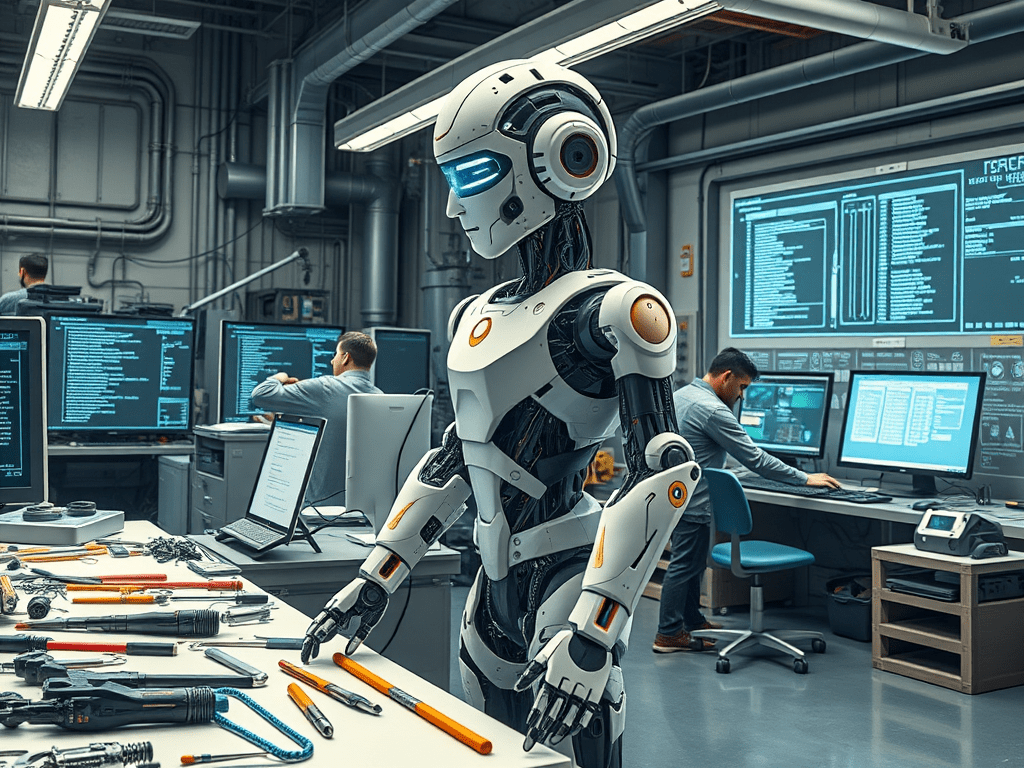
1. Introduction
Human-like robots represent one of the most advanced innovations in technology. They combine artificial intelligence, engineering, and human interaction. As the reliance on robots increases across various fields, understanding their design and programming becomes essential.
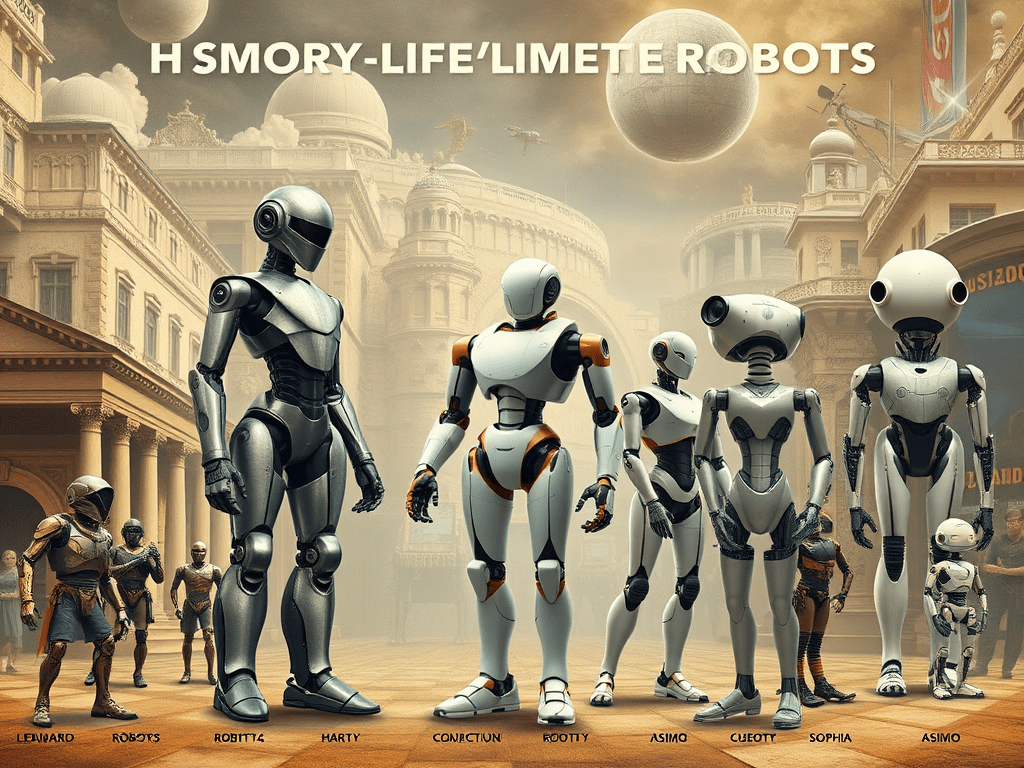
2. History of Human-like Robots
Human-like robots have evolved significantly since their inception. Starting from simple prototypes, advancements in technology have led to the development of more complex robots capable of interacting with humans.
3. Design
3.1 External Appearance
- Materials Used:
- Common materials include plastics, aluminum, and even silicone for the robot’s skin.
- These materials need to be lightweight yet durable.
- Aesthetic Design:
- The design should be visually appealing and closely resemble human features.
- Focus on facial details such as eyes and mouth.
3.2 Movement
- Types of Motors:
- Servo motors are often used to control limb movements.
- Stepper motors are utilized for precise movements.
- Limb Design:
- Limbs must be designed to allow natural movement.
- Using flexible joints can help mimic human motion.
3.3 Sensors
- Types of Sensors:
- Cameras for visual recognition and interaction.
- Touch sensors to determine contact and friction.
- Sound sensors for auditory interaction.
- Choosing Sensors:
- Sensors must be selected based on the required functionalities.
- Some applications may demand high precision in measurement.
4. Programming
4.1 Artificial Intelligence
- Deep Learning Techniques:
- Neural networks are employed to teach the robot how to recognize patterns.
- Robots can learn new behaviors through experience.
- Model Training:
- Robots are trained using large datasets.
- The success of training relies on the quality of the data.
4.2 Motion Control
- Control Algorithms:
- Algorithms such as PID (Proportional-Integral-Derivative) are used to control limb movements.
- Machine learning can improve movement responses.
- Achieving Coordination:
- Movements must be synchronized to avoid disorientation.
- This is achieved through precise programming for each action.
4.3 Voice Interaction
- Voice Recognition System:
- Natural language processing techniques are used to understand commands.
- The system should handle different accents effectively.
- Understanding Voice Commands:
- The system is trained on a variety of commands.
- Immediate and accurate feedback is essential.
5. Recent Updates
5.1 Self-Learning
- Performance Improvement:
- Robots can learn from their experiences and adjust their behavior.
- Reinforcement learning is utilized for this purpose.
5.2 Emotional Interaction
- Understanding Human Emotions:
- Robots can recognize facial expressions.
- Deep learning algorithms help in understanding emotions.
5.3 Communication
- Improving Communication:
- Robots can use protocols like Bluetooth and Wi-Fi to communicate with other devices.
- This allows interaction with smartphones or computers.
6. Practical Applications
6.1 Healthcare
- Role of Robots in Hospitals:
- They can assist in delivering medications or monitoring patients.
6.2 Social Services
- Assisting the Elderly:
- Robots can provide support in daily activities.
6.3 Education
- Using Robots in Classrooms:
- They can act as teachers or assistants to engage students.
7. Challenges
7.1 Ethics
- Data Privacy:
- User data must be protected from unauthorized use.
7.2 Security
- Cyber Attacks:
- Security protocols must be developed to protect robots from attacks.
7.3 Technology
- Costs:
- Developing robots requires significant investments.
8. Future
8.1 Future Trends
- Technological Evolution:
- Robots are expected to become more intelligent and capable of more profound interactions.
8.2 Integration into Daily Life
- Role of Robots in the Future:
- Human-like robots could become integral parts of daily living.
9. Conclusion
Human-like robots exemplify how advanced technology can be integrated into our lives. With ongoing improvements, these robots could become genuine companions for humans, opening new avenues for social interaction and technological progress.
You can expand each section with additional information, case studies, and statistics to achieve a longer and more detailed text. If you need more specifics on any point, feel free to ask!
Robotics Engineering: Design and Development of Intelligent Robots
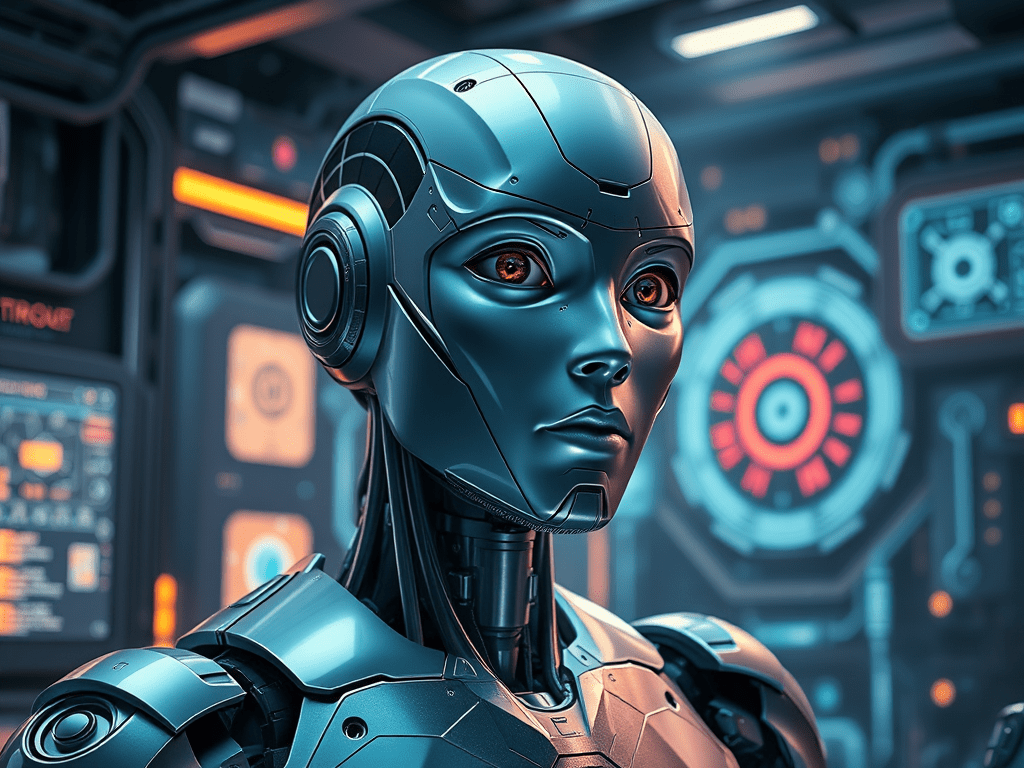
1. Introduction
- Definition of robotics engineering.
- Importance of the field in modern times.
- Overview of the evolution of robots.
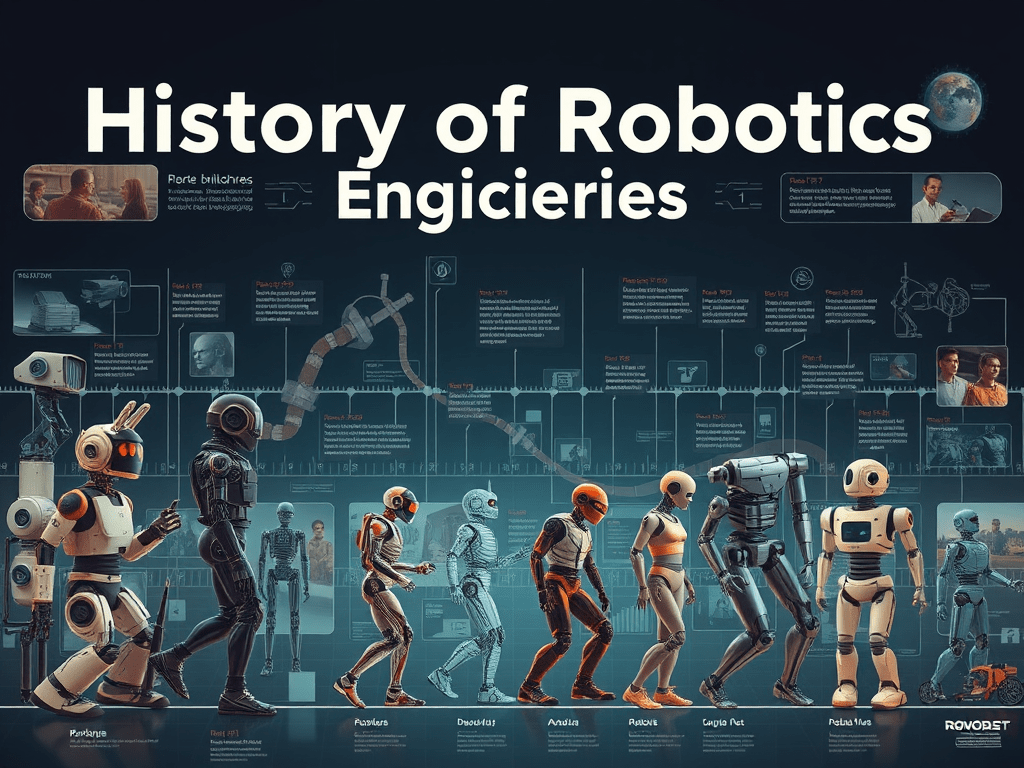
2. History of Robotics Engineering
- Early beginnings: from prototypes to modern robots.
- Significant milestones in robotics engineering.
- Impact of modern technology on robot design.
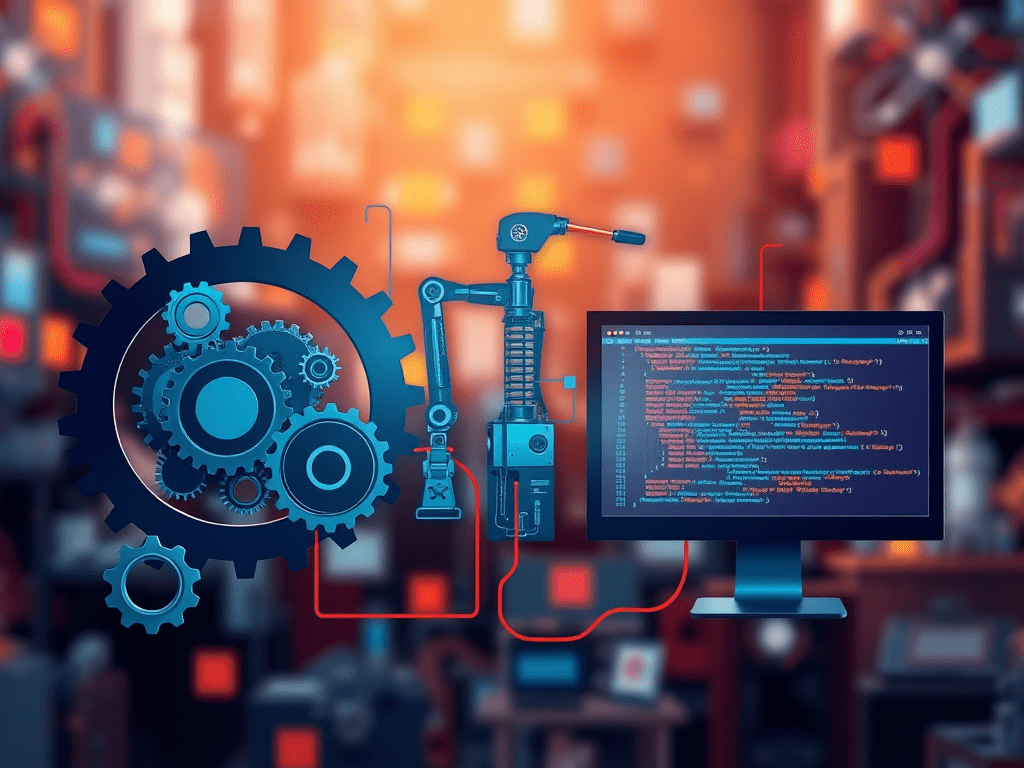
3. Fields of Robotics Engineering
- Mechanical Engineering:
- Design of structures and motors.
- Study of dynamics and statics.
- Electrical Engineering:
- Electrical circuits and power systems.
- Motor control.
- Computer Science:
- Programming and artificial intelligence.
- Machine learning algorithms.
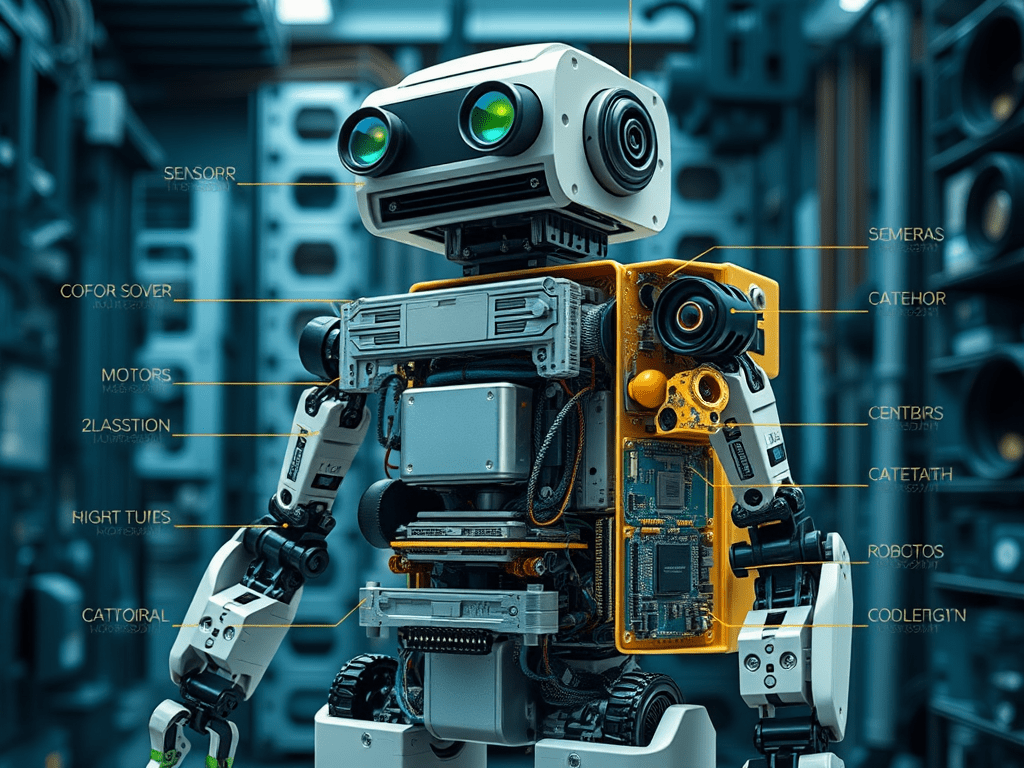
4. Components of Robots
- Sensors:
- Types of sensors and their roles in robots.
- How sensors are used for data collection.
- Motors:
- Types of motors used in robots.
- How to select the appropriate motor.
- Control Units:
- Role of processors in robot control.
- Software used in programming.
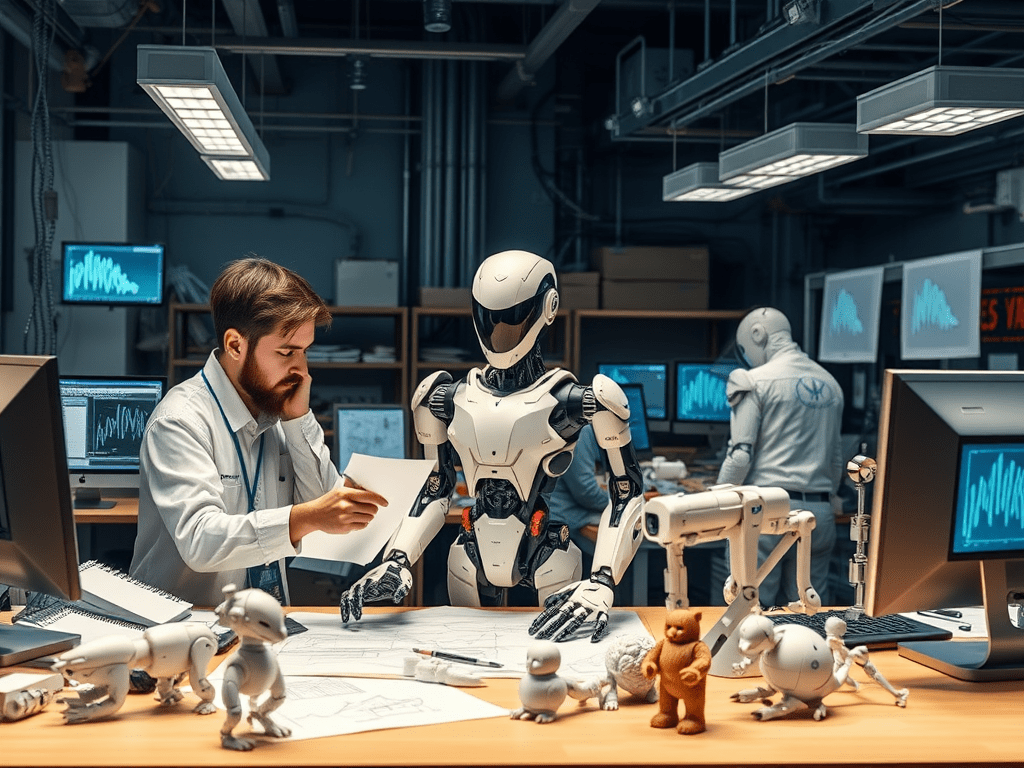
5. Robot Design
- Design Process:
- Steps from concept to execution in robot design.
- Use of computer-aided design (CAD) software.
- Design Challenges:
- Weight and size constraints.
- Balancing performance and cost.
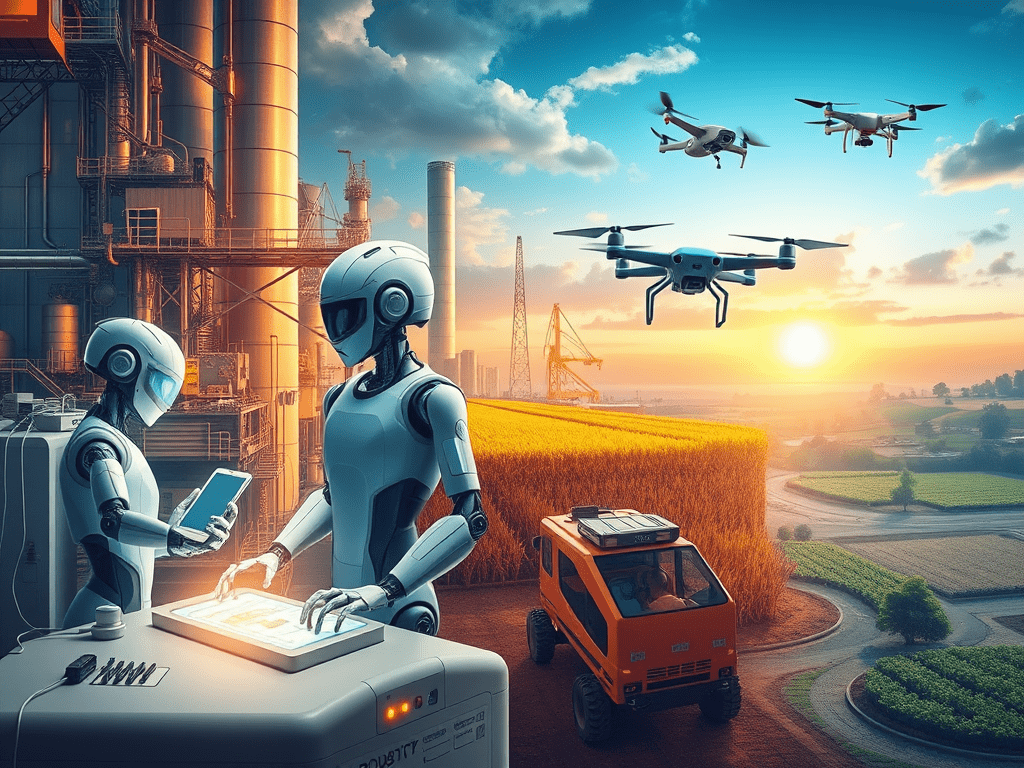
6. Applications of Robotics Engineering
- Industry:
- Use of robots in production lines.
- Benefits of robots in improving efficiency.
- Healthcare:
- Surgical robots.
- Assistive robots for patients.
- Research and Exploration:
- Robots used in space exploration.
- Underwater exploration applications.
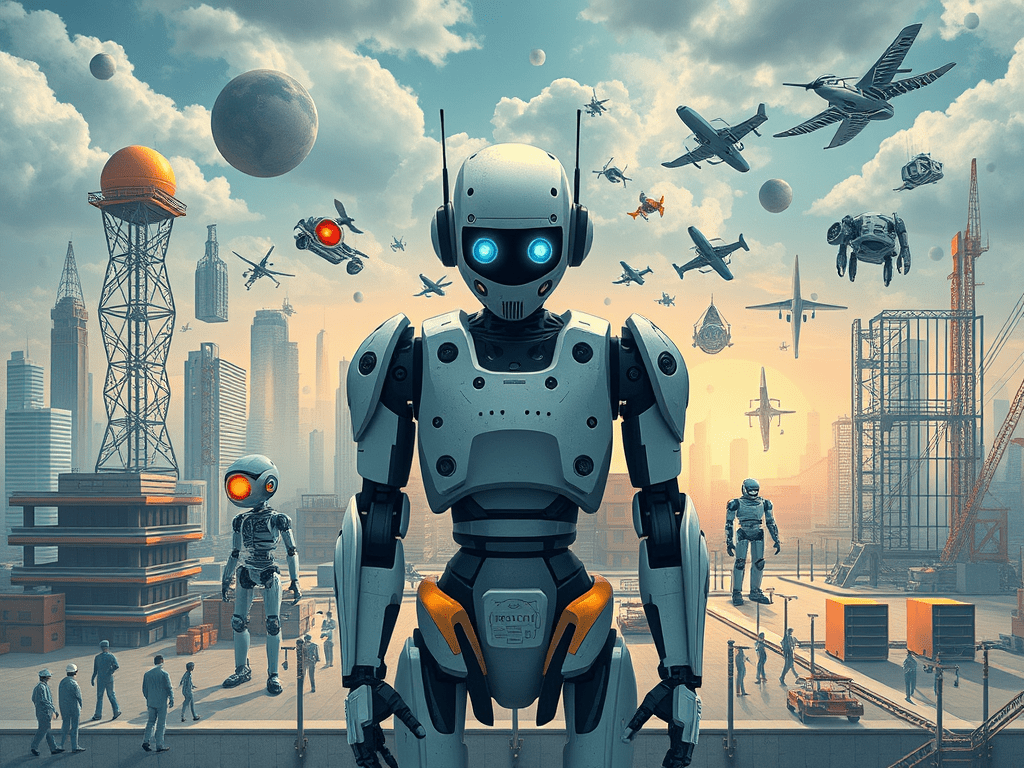
7. Future Challenges
- Ethics:
- Issues related to privacy.
- Impact of robots on the job market.
- Technology:
- Need for developing new technologies.
- Challenges in data management.
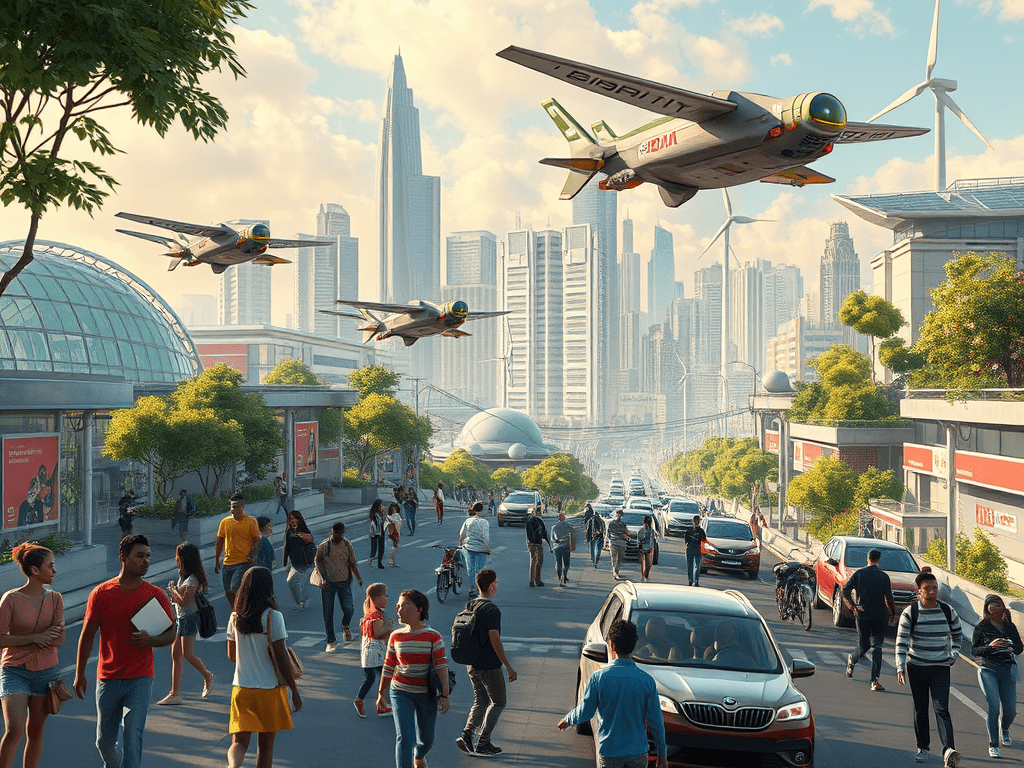
8. The Future
- Future Trends:
- Expected innovations in robotics engineering.
- Integration of artificial intelligence and robotics.
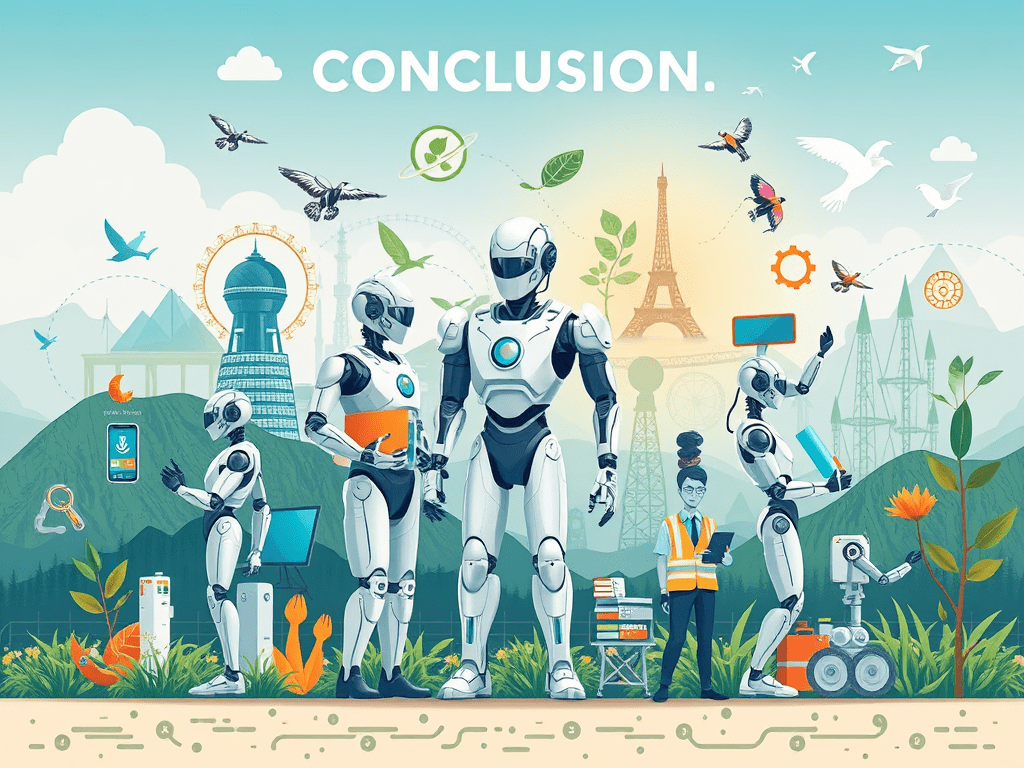
9. Conclusion
- Summary of key points.
- Importance of continued research and development in robotics engineering.
Tips for Developing the Article:
- Expand each section by adding details, examples, and case studies.
- Use statistics to support your points.
- Consider including excerpts from interviews with experts in the field.

















